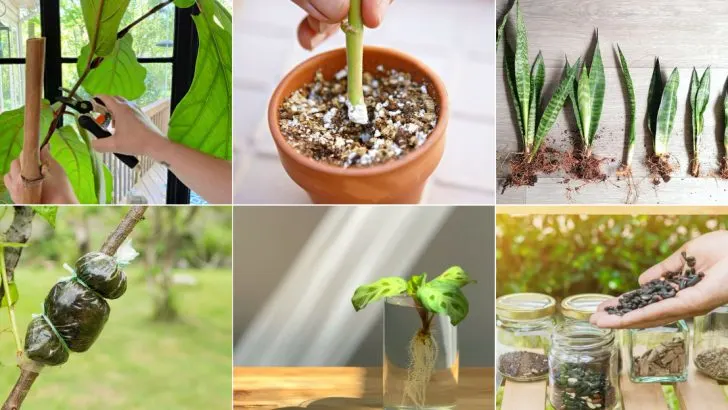Why buy more plants when you can multiply the ones you already have? With a few simple tricks, you can turn a single stem, leaf, or even a neglected cutting into a thriving jungle.
No fancy tools, no science degree—just a little patience and the right technique. Some plants root in water like they were born for it.
Others need a little extra love, a cozy soil bed, or a sneaky division to get them going. But once you crack the code, your garden (and maybe even your entire home) will be overflowing with green goodness.
Ready to make more plants without spending a dime? These 15 propagation hacks will have you growing an army of leafy clones in no time!
Leaf Cuttings
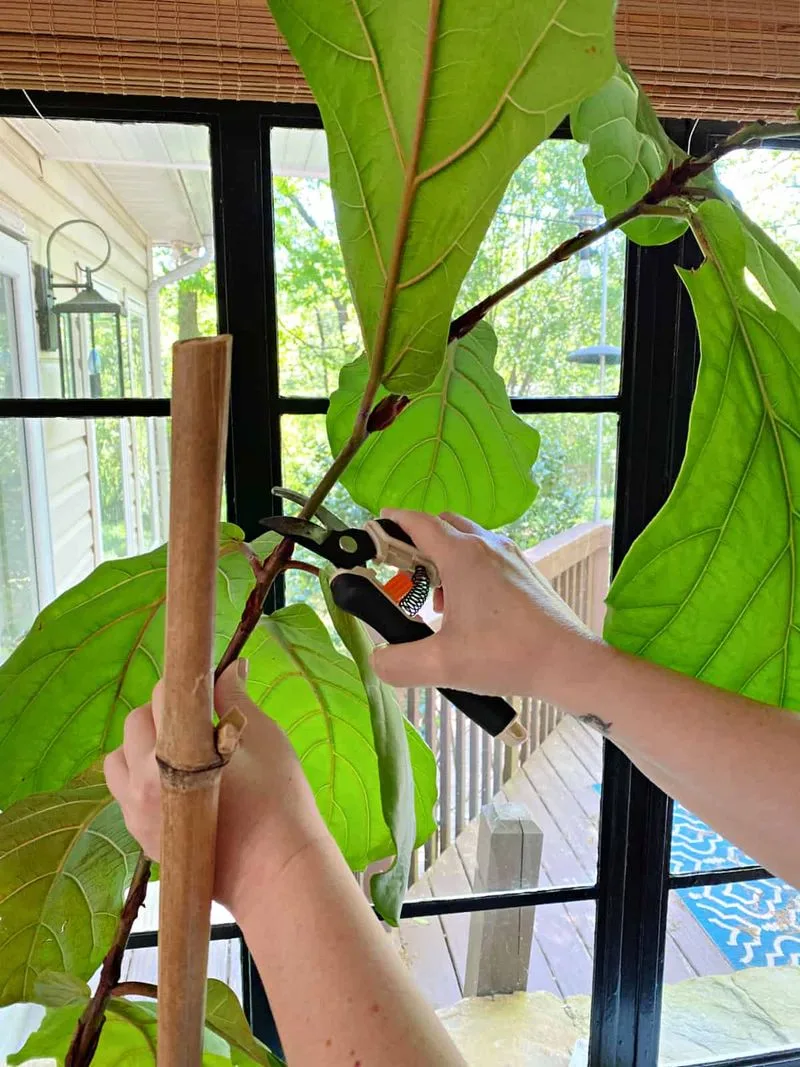
With a little precision and care, leaf cuttings can give birth to whole new plants. This technique works exceptionally well with succulents and plants like African violets.
Start by snipping a healthy leaf and dipping the cut edge in rooting hormone. Place it in a pot filled with moist soil.
After a few weeks, you’ll notice new growth emerging, indicating your success. Be patient, as rooting may take some time.
By doing this, you can multiply your favorite plant varieties, creating an impressive collection without spending a dime. A rewarding method for any plant lover.
Stem Cuttings
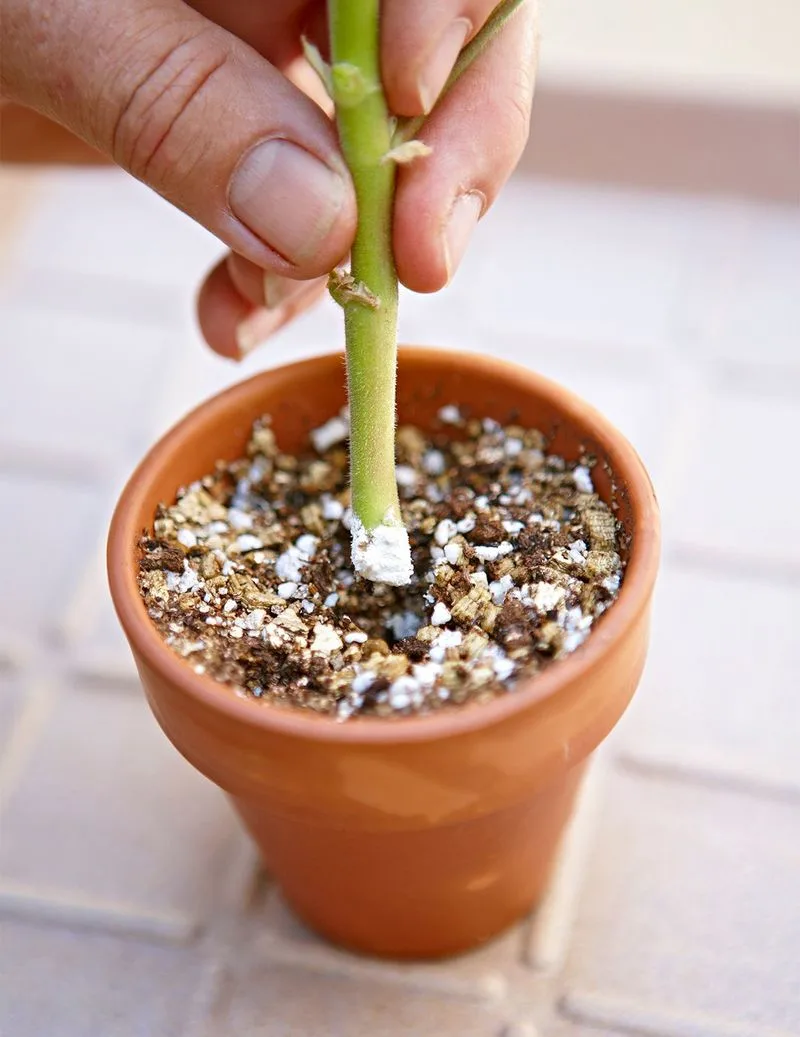
Stem cuttings open a world of possibilities for plant enthusiasts. With plants like roses or hydrangeas, take a four to six-inch stem, remove the lower leaves, and dip it in rooting hormone.
Plant it in damp soil and cover it with a plastic bag to maintain humidity. In a few weeks, roots will form, and you’ll have a new plant ready for the pot.
This method is favored for its simplicity and effectiveness. It’s an excellent way to propagate plants without needing advanced horticultural skills, making it accessible to beginners and seasoned gardeners alike.
Division
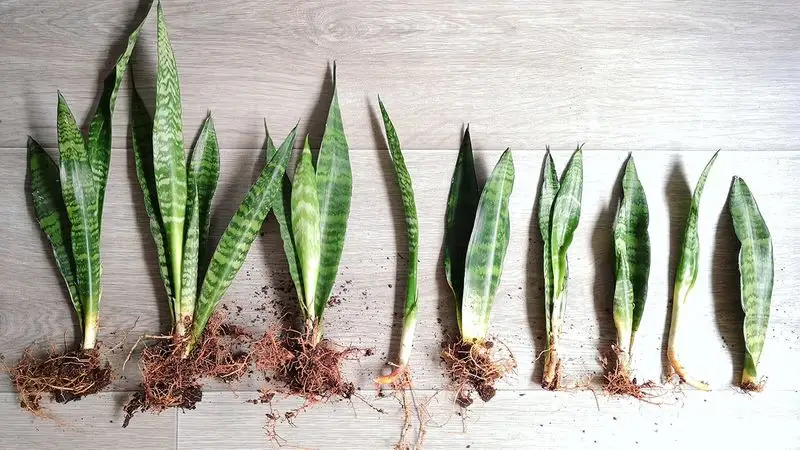
Division is a straightforward technique to multiply plants like hostas or daylilies. When your plant outgrows its pot or garden space, gently separate the root ball into several smaller sections.
Each section can be replanted to grow independently, providing you with multiple plants from one. This method invigorates plants, encouraging healthier growth.
It’s especially useful for perennials, helping to control their size and rejuvenate them for the next growing season. By dividing, you not only propagate but also maintain the vitality and aesthetics of your garden.
Air Layering

Air layering involves coaxing a plant to grow roots on its stem. This method is ideal for larger plants, such as rubber trees or magnolias.
Begin by selecting a healthy stem and making a small cut.
Wrap the area with moist sphagnum moss and cover it with plastic to lock in moisture. Once roots appear, the stem can be cut and planted.
This technique is excellent for creating new plants from mature specimens, ensuring they retain the characteristics of the parent. A fascinating way to watch a plant’s life unfold.
Water Propagation
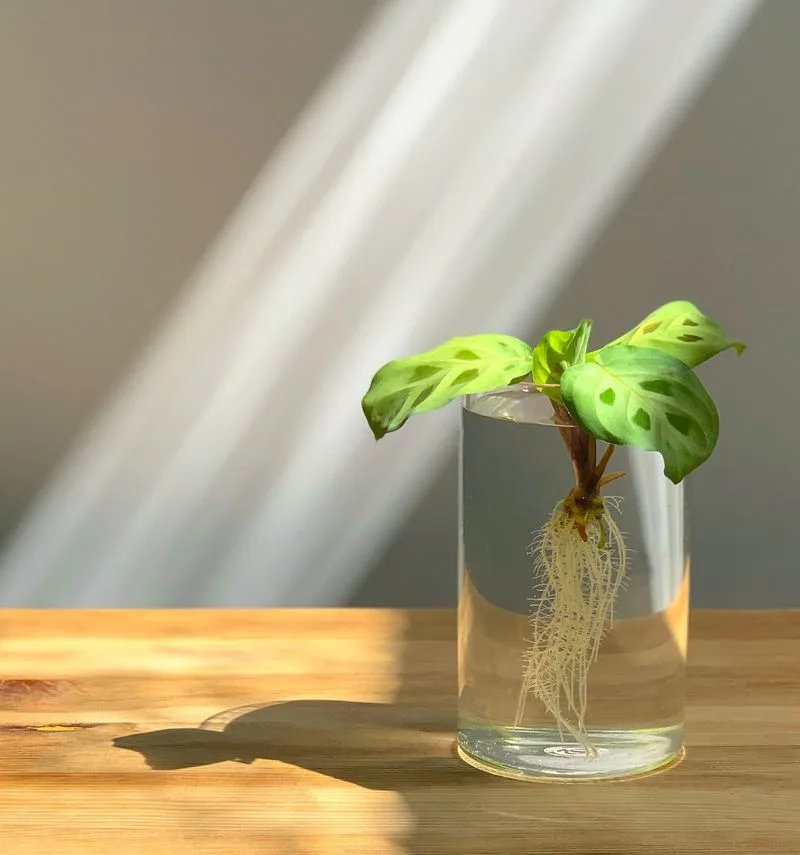
Water propagation offers a transparent window into root development. Perfect for plants like pothos or philodendrons, this method involves placing a cutting in water and watching roots grow.
Change the water regularly to keep it fresh and healthy. Once a robust root system develops, transplant the cutting into soil.
This method is not only user-friendly but visually rewarding, allowing you to witness each stage of growth. Ideal for beginners, it’s a simple and mess-free way to expand your indoor plant collection.
Seed Saving
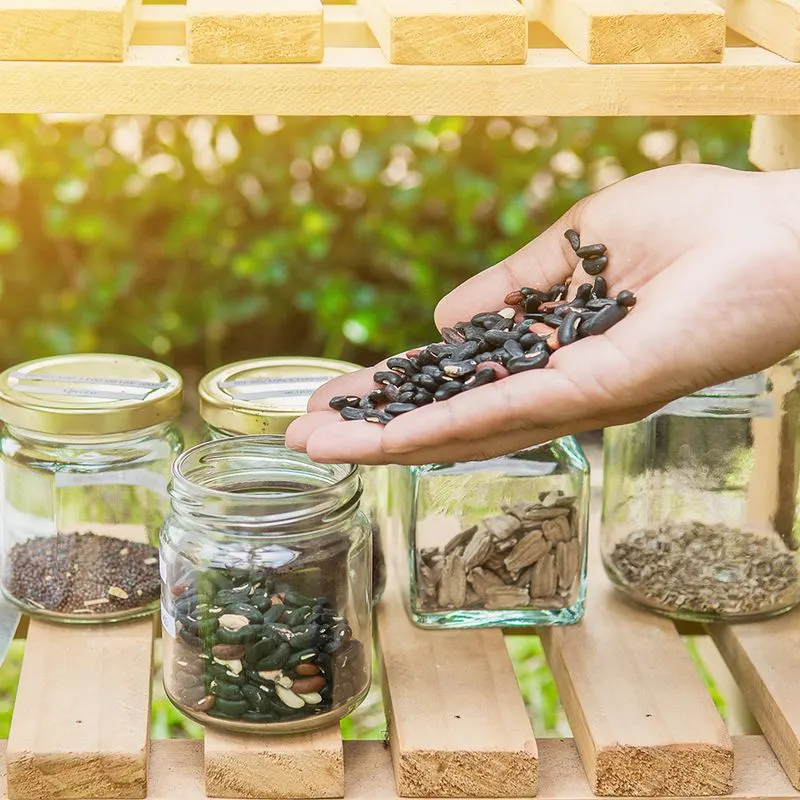
Saving seeds is an ancient practice that continues to fascinate. After flowering, many plants produce seeds that can be harvested and stored for future planting.
Dry the seeds thoroughly and keep them in a cool, dark place.
When you’re ready, sow them in pots or directly in the garden. This method allows you to preserve the genetic diversity of your plants.
It’s both an economical and sustainable way to ensure a thriving garden year after year. Seed saving connects you to the cycles of nature, offering endless possibilities for growth.
Grafting
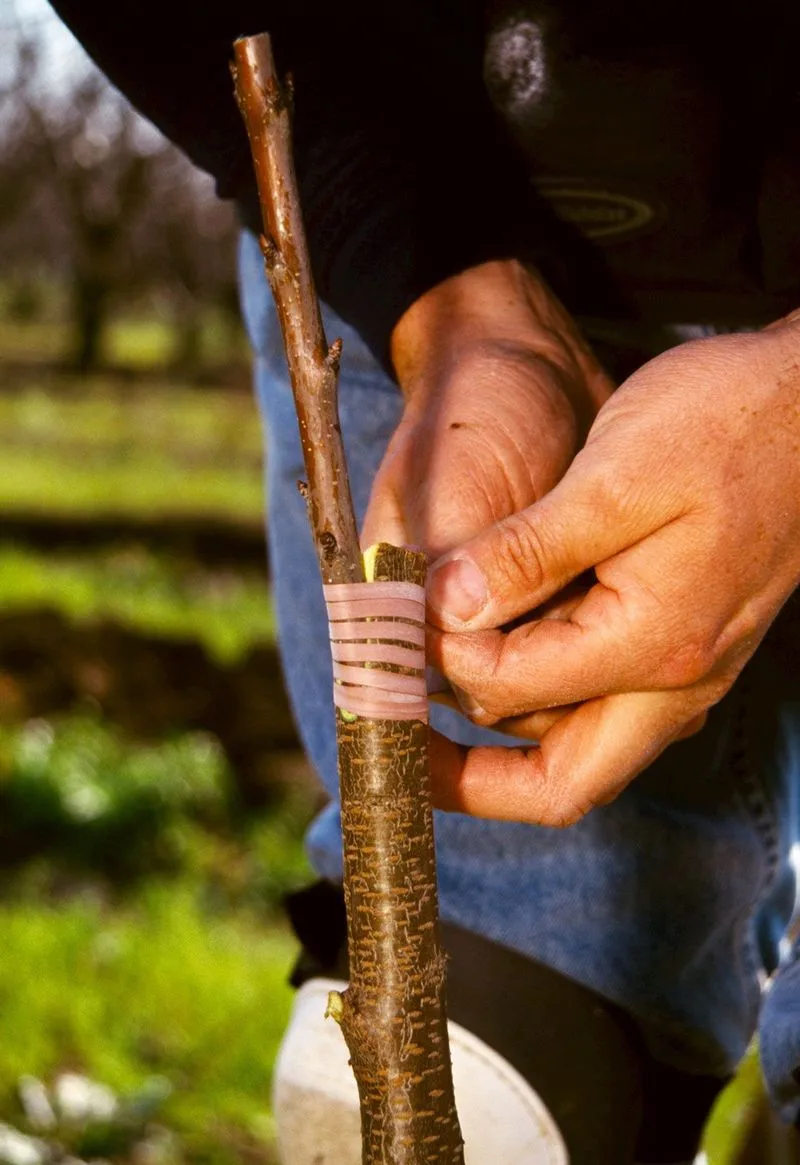
Grafting is a technique that combines two plants into one, often used for fruit trees or roses. By attaching the stem of one plant to the rootstock of another, you can create a plant that bears the desired traits of both.
Wrap the grafted area securely and monitor its progress. The result is a unique plant that may offer hardiness or improved yield.
This advanced method requires practice but opens a world of possibilities for customizing your garden’s offerings. Enthusiasts appreciate the challenge and rewards of grafting.
Tissue Culture
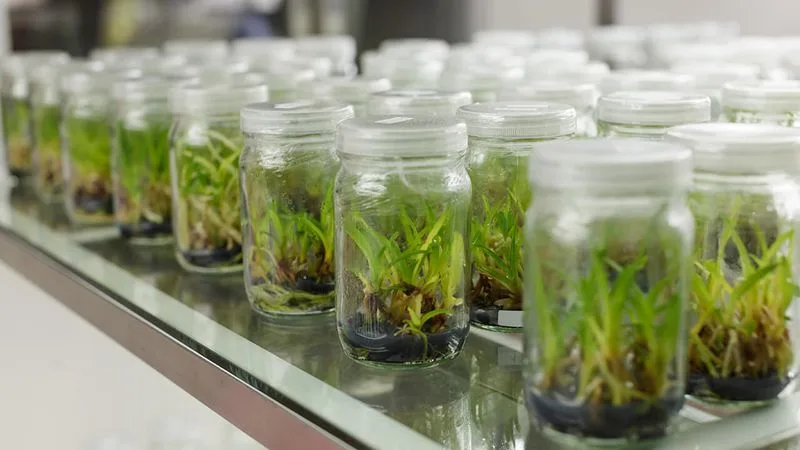
Tissue culture is a cutting-edge technique used to reproduce plants in a controlled environment. By growing plant cells or tissues on nutrient media, you can generate large numbers of identical plants.
This method is utilized for rare or endangered species and offers rapid multiplication. While it requires specialized equipment and skills, the results are highly rewarding.
Tissue culture ensures genetic consistency, preserving the unique attributes of prized plants. It’s a fascinating intersection of science and horticulture, expanding the horizons of plant propagation.
Root Cuttings
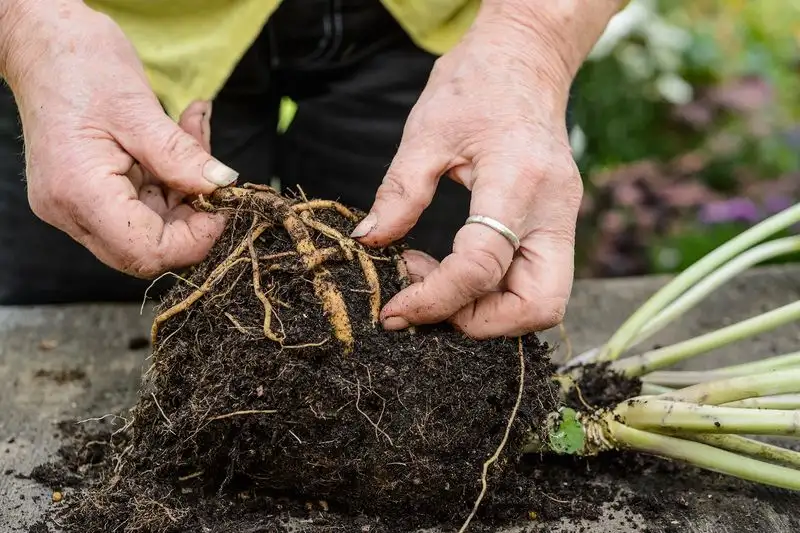
Root cuttings are a lesser-known but effective way to propagate woody plants. By taking sections of roots from a dormant plant, you can stimulate new growth.
Plant these sections in a suitable medium and keep them moist until they sprout. This method is particularly useful for plants that may not respond well to other propagation techniques.
It offers a creative way to propagate plants like rhododendrons or lilacs, adding diversity to your garden. Root cuttings expand your gardening toolkit, allowing for new and exciting possibilities.
Offsets
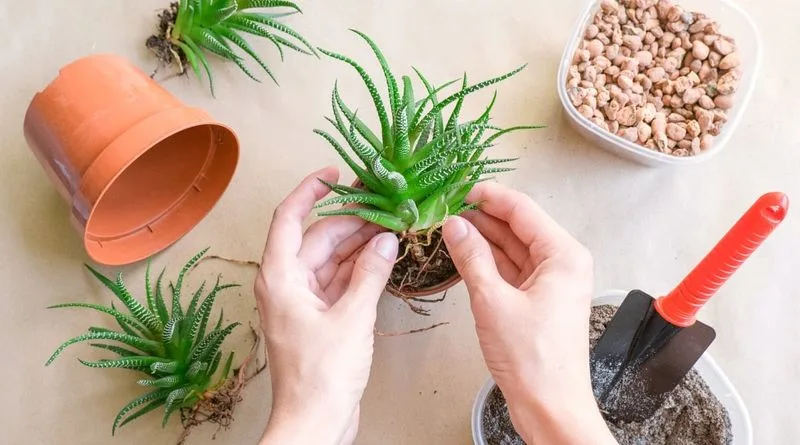
Offsets are nature’s way of multiplying plants rapidly. Many species, like spider plants or bromeliads, produce these mini-plants naturally.
Simply detach the offsets from the mother plant and pot them separately.
This method provides almost instant gratification, as the offsets are often ready to grow independently. It’s an excellent technique for expanding your garden quickly and efficiently.
Offsets are a delightful way to engage children in gardening, demonstrating nature’s ingenuity in a manner that’s both fun and educational.
Box Propagation
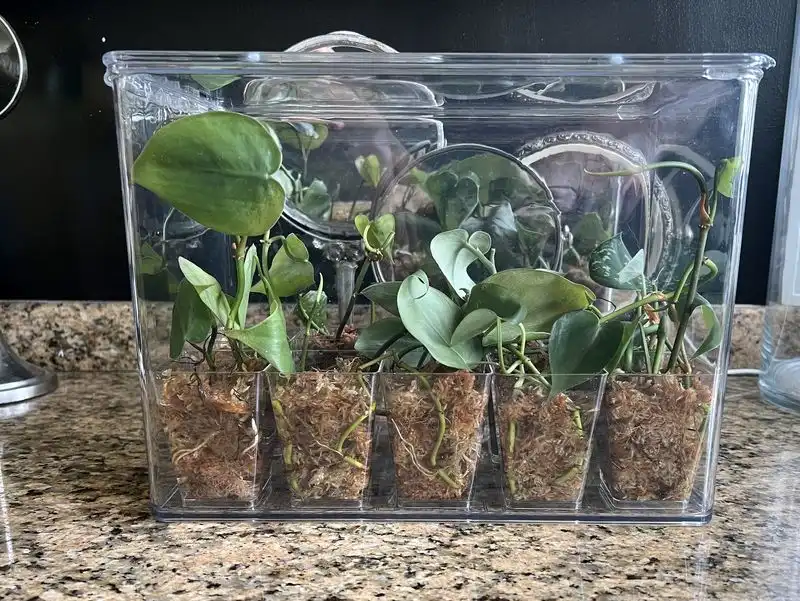
Harness the simplicity of box propagation by using wooden boxes filled with nutrient-rich soil to nurture young cuttings. This traditional method creates a controlled environment for roots to develop, shielded from harsh weather conditions.
Boxes provide insulation and retain moisture, ensuring that cuttings receive the care they need without external stresses. It’s an excellent choice for large-scale propagation of ornamental or edible plants.
To optimize results, position your boxes in a location with indirect sunlight and maintain consistent watering. Experiment with different soil mixes to tailor the box environment to specific plant needs.
Bulbs and Tubers
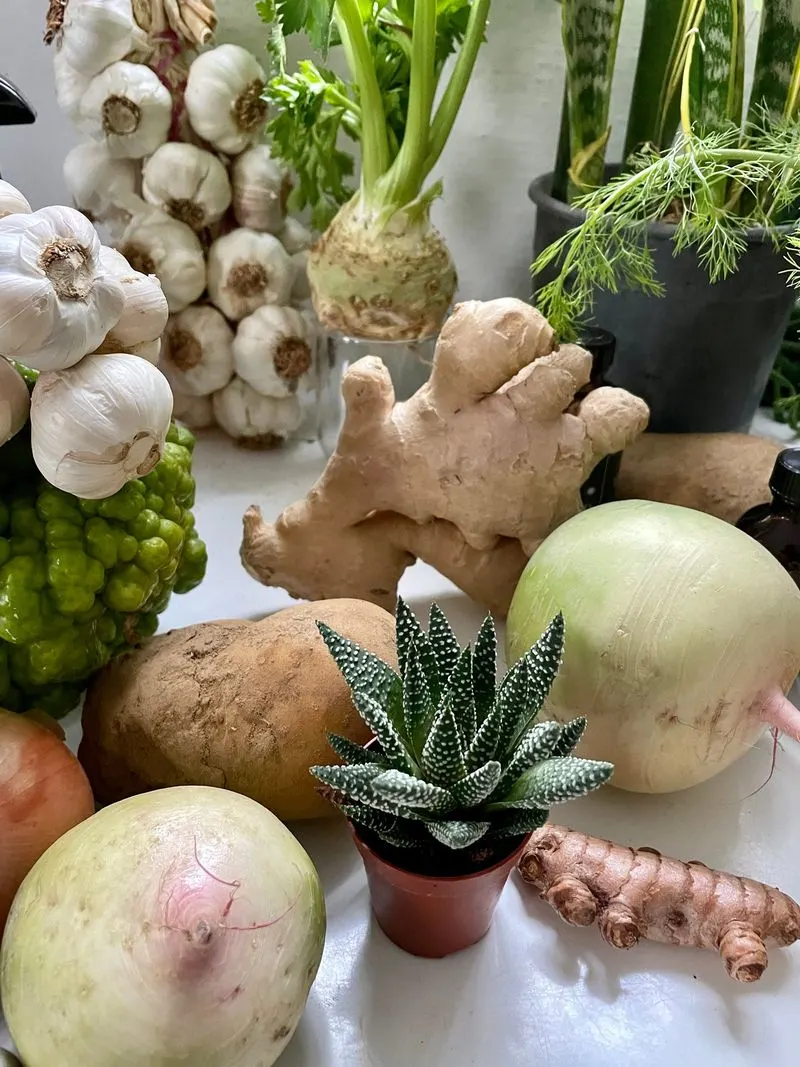
Bulbs and tubers make propagation a breeze, especially for plants like tulips or dahlias. When the growing season ends, dig up the bulbs or tubers and divide them.
Replant them in suitable locations, and watch them flourish. This method is a time-honored favorite among gardeners, ensuring a vibrant display year after year.
Bulbs and tubers provide a reliable way to expand your garden, offering a splash of color with minimal effort. A classic technique that never goes out of style.
Rhizomes
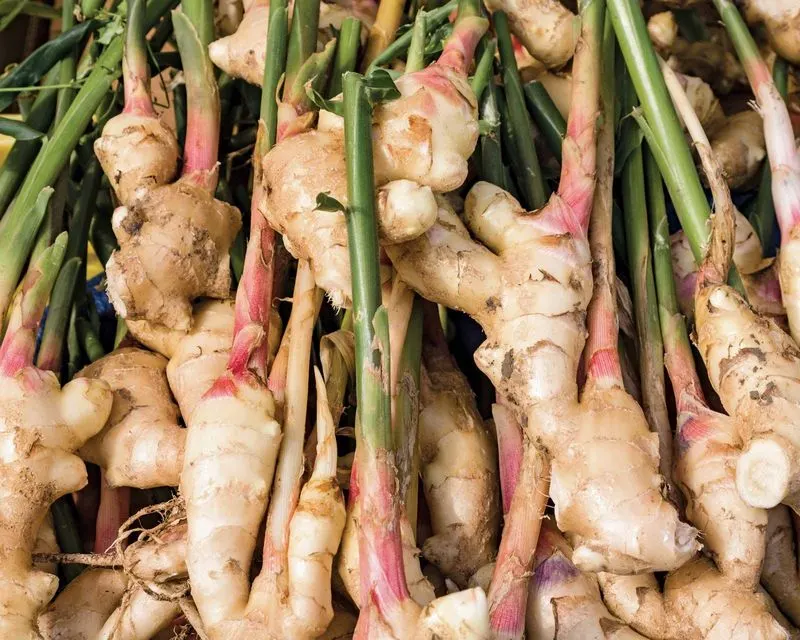
Rhizomes are underground stems that offer a unique propagation opportunity. By digging up and dividing these structures, you can create new plants like irises or ginger.
Replant the sections, ensuring each has a healthy bud. Rhizomes provide a robust way to multiply plants, often resulting in more vigorous growth.
This technique refreshes the parent plant and extends your garden’s diversity. With rhizomes, you’re not just propagating; you’re rejuvenating your garden, offering a fresh start for the growing season ahead.
Suckers
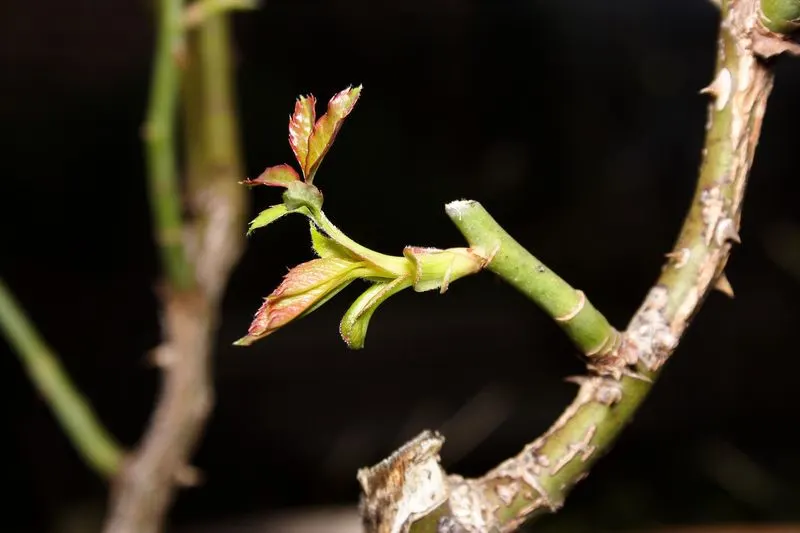
Suckers are shoots that grow from a plant’s root system, often appearing at the base. Removing and planting them elsewhere can yield new plants.
This method is commonly used for fruit trees, providing a straightforward way to expand your orchard. Suckers offer a practical solution for propagation, utilizing natural growth patterns to your advantage.
They provide an easy way to increase your plant numbers, maintaining the integrity and productivity of the original plant. A useful technique for any gardener looking to optimize their resources.
Creeping and Runners
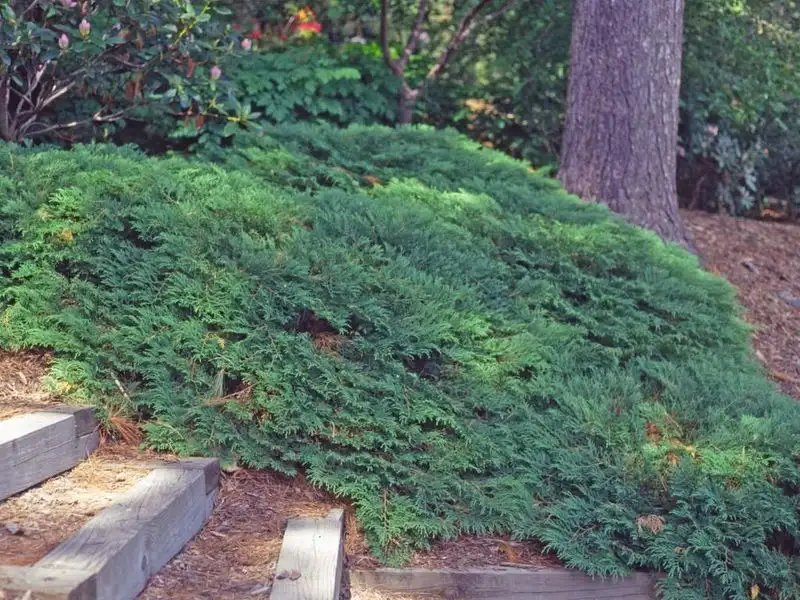
Creeping plants and runners offer a fast track to propagation. Plants like strawberries send out runners that root and form new plants.
Simply snip these runners once they have developed roots and transplant them. This method is efficient and requires minimal intervention.
Creeping plants can quickly cover ground, making them perfect for filling garden beds or creating ground cover. With minimal effort, you can multiply your plants and utilize space effectively, enhancing your garden’s overall appearance.

